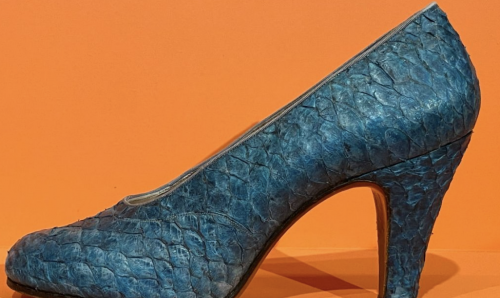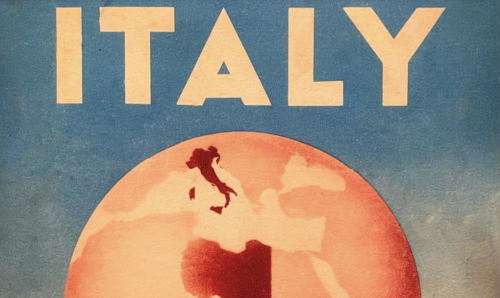
FONDAZIONE FERRAGAMO ARCHIVES
Together with the Coded Objects team from the Kunsthistorisches Institut in Florenz – Max-Planck-Institut, we had the opportunity of visiting the Fondazione Ferragamo archives. The morning began with an introduction by Eleonora Geppi and Ludovica Barabino to the Manovia, where we observed master craftsmen in action within the shoe prototyping and production departments. We witnessed the process from design and component preparation to the complete manufacture of a shoe.
Later, we explored the Historical Archive, where we examined a selection of shoes from FERRAGAMO’s autarkic production period in 1930s and 1940s Italy. Highlights included his innovative cork wedge designs and patents and shoes crafted with unconventional materials such as hemp, cellophane, straw, raffia, felt, and fish skin.
In the afternoon, we enjoyed a guided tour by Camilla of the Museo Ferragamo, where the current exhibition traces the legacy of Salvatore Ferragamo. It also revisits the first retrospective exhibition on Ferragamo, held in 1985 at Palazzo Strozzi.
During the 1940s, basic necessities were rationed to prevent shortages. This significantly reduced the availability of leather for civilian footwear, as military demands for combat boots and leather flight jackets took priority. Citizens were encouraged to repurpose materials and minimise consumption in support of the war effort. Old shoes were often repaired, and worn-out garments repurposed into new items. Manufacturers introduced shoes made from non-rationed materials. Shoes with wooden, newspaper, cork and old tyres platforms emerged at this time, while materials such as fabric and leather offcuts, furniture fabrics, felt, fish skins, hemp, mesh, raffia, rope and straw were used to produce the shoe uppers.
We are extremely grateful for this inspiring experience and look forward to research further into the extraordinary legacy of Salvatore Ferragamo.
https://fondazione.ferragamo.com/it/la-nuova-sede


